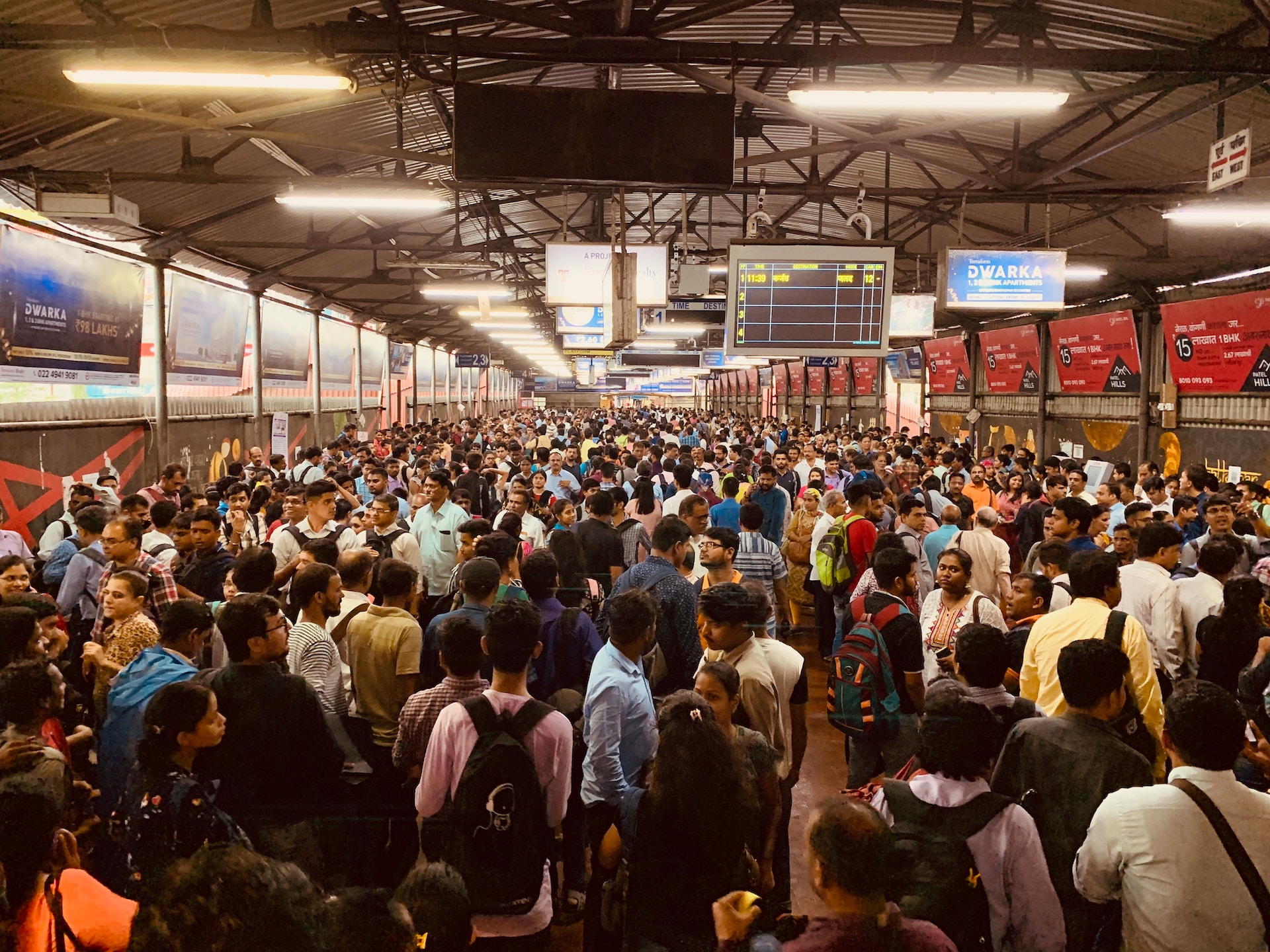Promoting Southeast Asia’s Development Successes
In just one generation, Vietnam has achieved a remarkable transformation. The early 1980s marked a challenging period for the country. The Southeast Asian nation was still recovering from the devastating aftermath of war. Vietnam, one of the world’s poorest nations, faced severe shortages of basic consumer goods, while inflation grew at an alarming rate of 400%. Additionally, the country was also impacted by frequent power outages.
But this situation soon changed with active government intervention in 1986. The Vietnamese government launched their reform initiative known as Doi Moi, meaning “renovation”. The changes were soon visible; within a few years, consumer goods like television sets and washing machines became readily available in markets ranging from Hanoi to Ho Chi Minh City. Businesses also flourished as more foreign investments poured in, marking Vietnam’s return to the global economy.
Between 1986 to 2020, Vietnam’s GDP per capita surged from US$481 (measured in 2015 US dollars) to US$2,655. This rapid economic growth was characterized by its inclusive nature, leading to substantial improvements in the livelihoods of Vietnam’s population. Furthermore, applying the World Bank’s poverty line for the lower-middle income class ($3.20/day 2011 PPP), poverty rates plummeted from 16.8% in 2010 to an impressive 5% in 2020.
Vietnam stands as a great example for other developing countries to replicate, especially in Asia. The region’s economic composition features countries that come in all shapes and sizes. Few are developed such as Japan, South Korea and Singapore, while others are developing and still more are considered low-income nations. Policymakers face the daunting task of identifying, customizing, and implementing policies and strategies that worked well in one country to suit the needs of their economies. What role can ASEAN play in this general development plan?
This forms the crux of one of the sessions being discussed in our upcoming Horasis Asia Meeting, scheduled to take place in Binh Duong, Vietnam between 3-4 December 2023. The upcoming gathering will bring together 300 CEOs, entrepreneurs, and prominent government representatives from Southeast Asia and beyond. The primary focus of this meeting is to delve into key trends that are set to influence Vietnam’s economic advancement, steering it towards an exciting new chapter of global growth.
Strategies to Development
From the 1980s, the Vietnamese government concentrated on easing price controls, raising interest rates, limiting subsidies to inefficient state-owned enterprises, and devaluing Vietnam’s currency. These actions led to a successful reduction of inflation to around 8% annually by 1993, a vast improvement from exorbitant inflation rates of 300% to 400% that plagued the country in the mid- to late 1980s.
Moreover, Vietnam’s government did not shy away from requesting international assistance such as seeking and receiving financial and technical aid from foreign governments and multilateral organizations. The country’s international supporters include the Asian Development Bank, the World Bank, and the International Monetary Fund.
Subsequently, Vietnam also embarked on a path towards privatization and greater control and autonomy to private sectors, particularly the agriculture sector. This move, coupled with market-driven incentives, led to a remarkable surge in food production. Furthermore, the government also established a legal framework to support privately owned businesses, providing greater autonomy to state enterprises in decision-making regarding production, hiring, and pricing.
The final piece of this transformation journey was the country’s decision to open its borders to foreign trade and investment. The country was quick to realize the immense potential of foreign capital and expertise to fuel economic development and job creation. In order to open foreign markets for its domestic companies, Vietnam’s leadership followed a strategic approach, which included its membership and participation in the Association of Southeast Asian Nations (ASEAN) in 1995. It also entered numerous regional and bilateral trade agreements following its accession to the World Trade Organization (WTO) in 2007.
Opening its borders to foreign investments brought in global electronics giant Samsung, which set up its mobile manufacturing and R&D center in Vietnam. As of 2022, Samsung is the largest FDI investor in Vietnam, with capital amount of nearly US$19 billion. Samsung produces around 50% of its smartphones and tablets in Vietnam, exporting it to 128 countries and territories, including the US, Europe, Russia, and Southeast Asia.
Vietnam and ASEAN
Vietnam is already pushing for higher growth and aspiring for high-income status, which the government hopes to realize by 2045. Growth in the country’s economy is expected to be driven by improvements in domestic consumption, rising FDI, and growth in manufacturing exports over the coming years. This will have a positive impact, with investments increasing towards critical sectors such as agriculture and mining in the whole of ASEAN.
As global value chains become increasingly volatile in the present macroeconomic environment, Vietnam will need to build up ASEAN as a major source of demand for its exports to balance its trade dependence on outside regions. Should the country successfully navigate what is considered a universally difficult time, it will raise its prospects for sustained development, bringing the goal of rapid and inclusive growth closer to its doorstep.
Photo Caption: Saigon’s business district by night.



